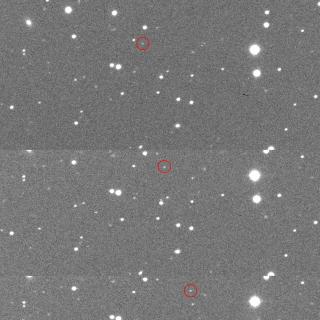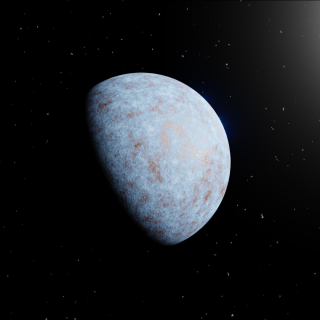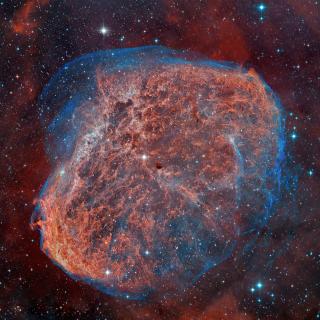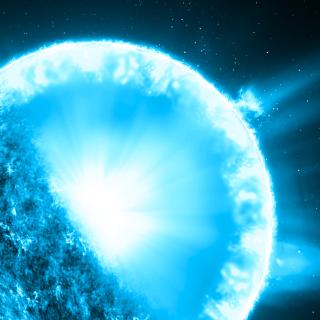
La XXXIV Canary Islands Winter School of Astrophysics, organizada por el Instituto de Astrofísica de Canarias (IAC) y la Universidad de La Laguna (ULL), tendrá lugar entre los días 8 y 15 de noviembre. En esta edición, cerca de 60 estudiantes de 15 países se reunirán para conocer los últimos avances en el campo de la evolución de galaxias, con el Grupo Local como punto de referencia. Durante una semana, el edificio IACTEC, en el Parque Científico y Tecnológico de Tenerife (La Laguna), acogerá a 60 estudiantes de máster, doctorado y postdoctorado para nutrirse sobre las novedades del panorama




